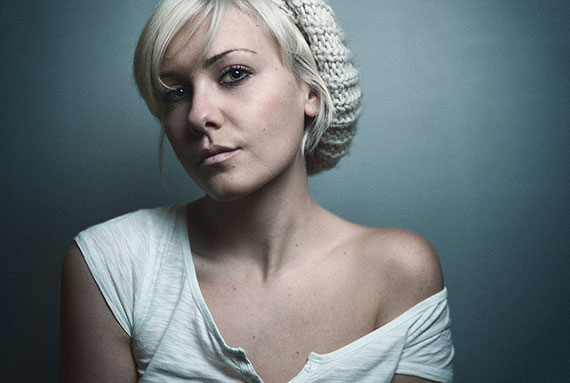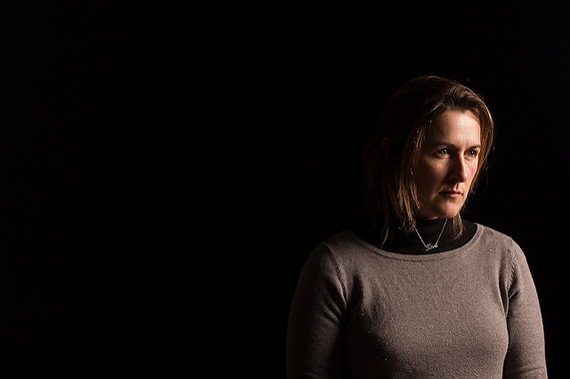The photo tip for today is about using “short lighting” and “broad lighting” patterns in your portrait photography. Flat lighting will ruin your portrait photography! Caution: An on-camera flash aimed at the subject will produce flat lighting. Bounce the flash off the walls, ceilings, off a reflector or something else. Never aim it directly at your subject.

photo by Nana B Agyei
I’ve discussed many times that you need to add shadows to your portrait photography to create depth and realism. It’s the three dimensional effect of shadows that makes our photography come to life. If you use flat lighting, where the face is evenly lit and there are no shadows, your portraits will look dull and lifeless. Plus, it will make the subject’s face look wider and heavier—which is something worth avoiding.
On the other hand, flat lighting is a useful technique to tone down or eliminate acne or facial scars. But, there are other facial blemish removal alternatives. Acne and scars are among the few times that I recommend using Photoshop and “fixing” the photo after the fact. In other words, shoot using the best lighting pattern for your subject’s facial shape and remove the acne later!
The Main Portrait Lighting Patterns
The two main lighting patterns we should be using are short lighting and broad lighting. In previous portrait photography photo tips, I have said that you should have the subject’s head turned to about three-quarters to the camera. Straight on makes them look bigger, and more than a three-quarter turn is too much of a profile for most portraits.
Turning the head also makes one side closer to the camera than the other. Obviously, to create shadows, your light has to be hitting your subject from the side. This is what will create one bright side and one shadowed side. If the shadowed side is closest to the lens, it is called short lighting. If the shadowed side is furthest from the camera, it is called broad lighting.
Since the face is turned three-quarter to the side, creating short and broad lighting is simple, just move (or bounce) your light from one side to the other. By the way, don’t forget the sun. I’ve written this article using artificial light sources as my examples, but everything works with sunlight, too. You can’t move the light, but you can move the model. It’s not about the type or the source of the light, but about the angles from which it is hitting the subject. (Try doing a portrait using a flashlight. It’s a fun experiment.)
How do we determine which lighting pattern to use?
Short Lighting
- The shadowed side of the face is closest to the camera.
- It is great for making faces look longer and more slender.
- The ideas of what is beautiful change in various countries, but for many, a long slender face is considered more attractive than a round, wider one.
- If your model’s face is wide, round, or heavy, you can use short lighting to visually slim it down.
Broad Lighting

photo by Daniel Zedda
- If your subject’s face is already very narrow, short lighting could push it a bit too far. In this case, use broad lighting. Depending on the depth of shadow, angles, and so on, it will visually eliminate the too thin look.
- Another good use for broad lighting is if the model has a facial feature they don’t want to show up in the photo—like one eye is bigger than the other, a scar, whatever—use a broad lighting pattern and put the area they don’t like in the shadow.
- With a broad lighting pattern the shadow will be to the rear and the added distance from the lens will further visually minimize areas that are not so photogenic.
That’s it for today’s photo tip. In future photo tips we will discuss more about portrait photography lighting patterns but for now, practice using short lighting and broad lighting patterns. Grab a flashlight. Have your model sitting in the dark and see what these patterns do to the face. Your portrait photography will dramatically improve, almost overnight!
About the Author:
Dan Eitreim writes for OnTargetPhotoTraining.com. He has been a professional photographer in Southern California for over 20 years. His philosophy is that learning photography is easy if you know a few tried and true strategies.
Go to full article: Short & Broad Lighting in Portrait Photography
What are your thoughts on this article? Join the discussion on Facebook
Article from: PictureCorrect
